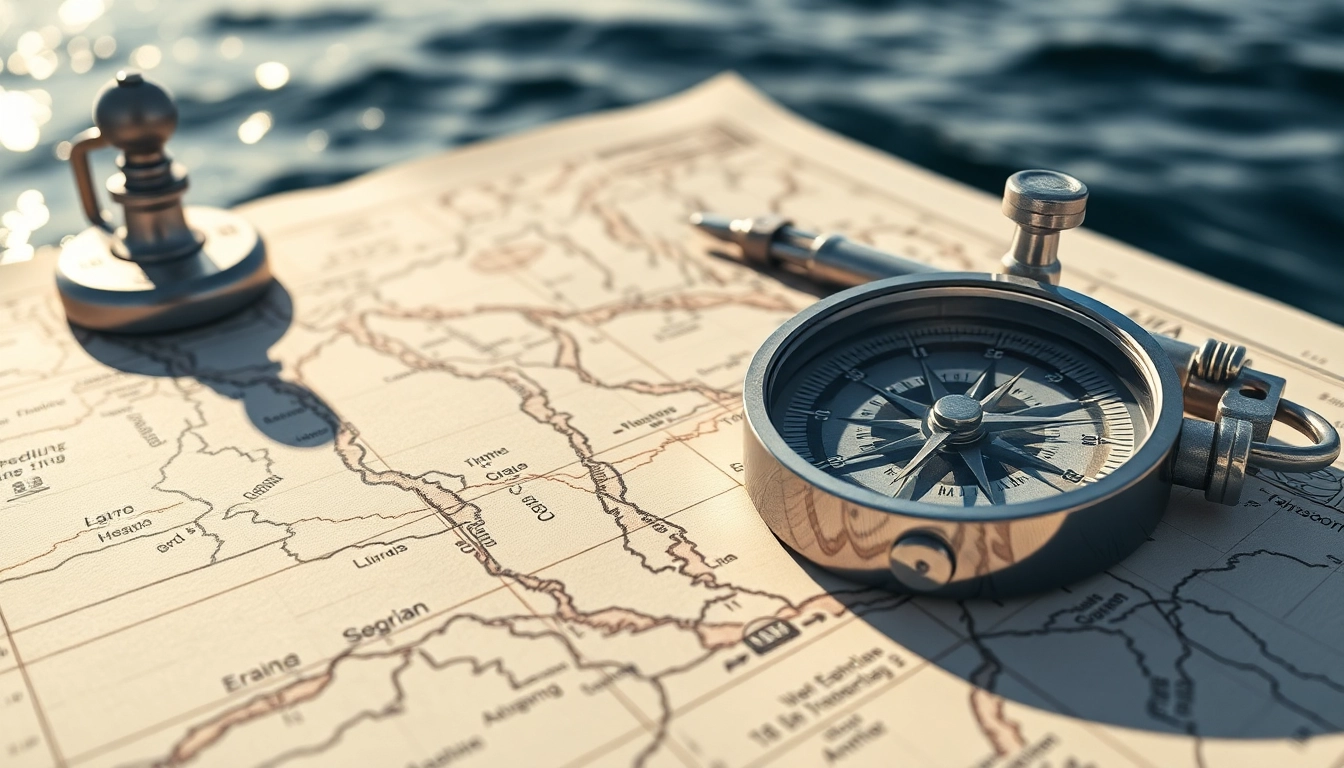Understanding the Fundamentals of Boat Laying and Navigation
Proper boat laying, often referred to as Boots Versegelung, is a critical component of maritime navigation. It involves accurately determining and maintaining the boat’s position and course on water, which is essential for safe and efficient passage, especially in challenging conditions or unfamiliar waters. Whether navigating coastal regions or open seas, mastering the basics of boat laying ensures that sailors can confidently plan routes, avoid hazards, and reach destinations reliably.
To grasp the importance of such techniques, it’s valuable to understand the core tools and methods used in modern and traditional navigation. These include compass bearings, visual references, GPS systems, and celestial navigation—each playing a pivotal role depending on the context. In this article, we explore the essential steps, common challenges, advanced techniques, and practical examples that can elevate your boat navigation skills to a professional level.
Fundamentals of Boat Laying
What is Boat Laying and Why is it Important?
Boat laying, or course plotting, involves determining your boat’s position relative to specific reference points and maintaining a set course. It underpins safe navigation by enabling sailors to avoid obstacles, stay within designated channels, and reach intended destinations. Proper laying of the boat ensures accuracy in positioning, which is especially vital during long voyages where GPS signals may be unreliable or temporarily unavailable.
Essential Tools and Techniques in Navigation
Key tools include a magnetic compass, nautical charts, peilings, and modern electronic instruments like GPS and AIS. Techniques such as triangulation, dead reckoning, and celestial navigation complement each other and provide redundancy. For example, traditional peilung (peeling) methods—determining the direction of known landmarks—are still invaluable in case of electronic failure, encouraging a comprehensive understanding of navigation fundamentals.
Preparation and Planning Before Stepping Aboard
Effective planning involves studying the nautical charts, checking weather forecasts, and understanding the specific environmental conditions of your route. Preparing your navigation kits—like the BCC Power Cleaner for cleaning your equipment or BCC Drying Towels for maintaining gear—ensures readiness. Proper planning minimizes surprises and helps set clear navigation objectives, thereby reducing risks at sea.
Steps to Accurate Boat Laying
Determining and Plotting Stand Lines and Bearings
The basis of precise navigation lies in establishing and plotting stand lines using peilung, which involves measuring the angle between known fixed points, such as landmarks or navigational aids. Modern techniques incorporate tools like the BCC Power Sealer and precision polisher for maintaining equipment, ensuring that instruments are reliable. Accurate bearings enable sailors to draw and interpret their position on nautical charts effectively.
Understanding Course Corrections and Adjustments
Course corrections are necessary when environmental factors like currents, wind, or obstacles alter your expected path. Using background knowledge—such as understanding tidal shifts or stromversatz (current deviations)—helps in refining your route. Regularly updating your position via visual cues or electronic aids ensures that corrections are timely and effective.
Applying Navigation Techniques in Different Water Conditions
Experience teaches that seamless navigation in varied conditions demands adaptation. Clear visibility allows for visual peilung, whereas fog or storms require reliance on electronic navigation and minimal visual references. Tools like the BCC Snow Foam Gun assist in keeping equipment clean and functional, which is integral for reliable readings in adverse weather.
Common Challenges and How to Overcome Them
Ensuring Accuracy in Peilungen
Inaccurate measurements can lead to significant course deviations. Using good calibration techniques, verifying instrument accuracy, and cross-referencing multiple points help mitigate this risk. Regular maintenance—including using high-quality polishing tools like the BCC Power Polish—maintains instrument precision over time.
Dealing with Weather and Visibility Conditions
Unpredictable weather, such as fog, rain, or storms, complicates navigation. In such cases, reliance on electronic aids like GPS, AIS, and radar becomes crucial, complemented by backup tools such as the BCC Towels Advantage Pack for equipment maintenance and durability.
Addressing Technical and Human Errors
Error sources include misreading instruments, incorrect calculations, or lapses in attention. Training, routine checks, and redundancy—like combining celestial navigation with modern technologies—build resilience against human error. Using durable and reliable equipment like the BCC Microfaser Towels ensures tools are always ready for accurate measurements and recordkeeping.
Advanced Techniques for Professional Navigation
Utilizing Automated Navigation Systems
Modern boats often incorporate GPS, autopilot, and integrated electronic charts that automate much of the course plotting. Proper understanding of these systems, their limitations, and regular updates (using tools like the GLORIA FoamMaster for cleaning sensors) enhance navigation accuracy and safety.
Combining Different Navigation Methods
Integration of traditional techniques such as stand line plotting, celestial sightings, and electronic data creates a robust navigation approach. For instance, when GPS signals are weak, visual peilung or celestial observations act as reliable fallback methods, ensuring continuous and precise navigation.
Emerging Technologies and Trends
Innovations such as augmented reality navigation, advanced AIS systems, and real-time data analytics are transforming the maritime industry. Keeping abreast of these trends allows navigators to improve accuracy, efficiency, and safety while decreasing the reliance on manual calculations.
Real-World Case Studies and Lessons Learned
Scenario Analysis in Typical Navigational Challenges
Imagine navigating dense fog with only visual cues and electronic systems. A proactive approach involves regularly cross-checking GPS data with visual bearings and using tools like the BCC Waffelpad Polierschwamm for equipment adjustments. This layered strategy prevents critical deviations.
Diagnosing Errors and Improving Techniques
Common mistakes include misreading bearings or miscalculating currents. Continuous learning from real scenarios—such as analyzing past voyage logs—helps refine navigation skills. Using high-quality, maintenance-friendly equipment ensures dependable data for troubleshooting and correction.
Strategies for Progressive Skill Development
Consistent practice, simulated exercises, and staying updated on navigational innovations foster steady improvement. Participation in training courses and utilizing comprehensive starter kits like the Boat & Caravan Care Starterset with advanced tools can accelerate learning curves.



